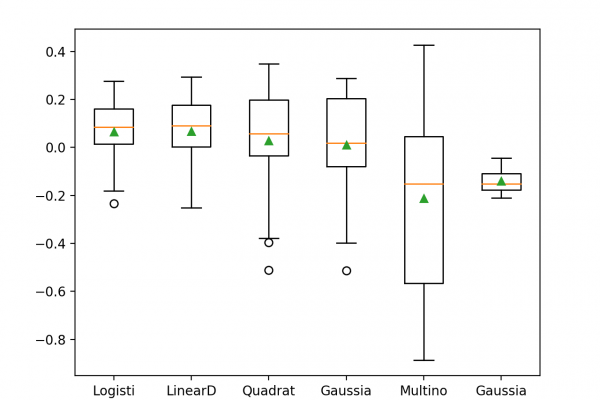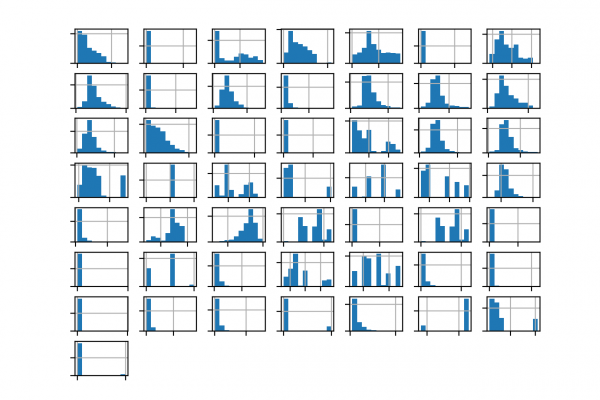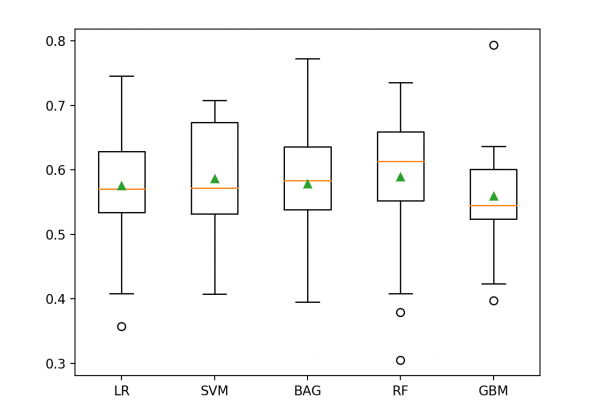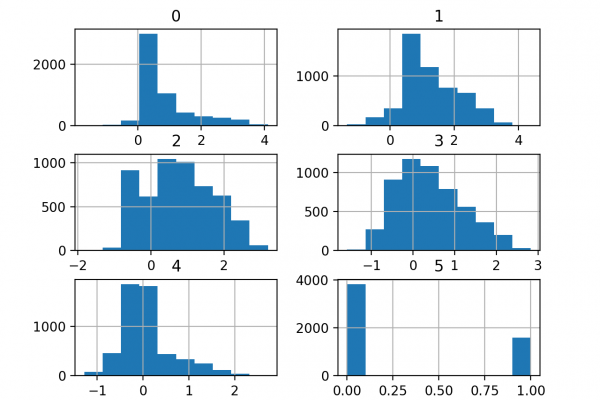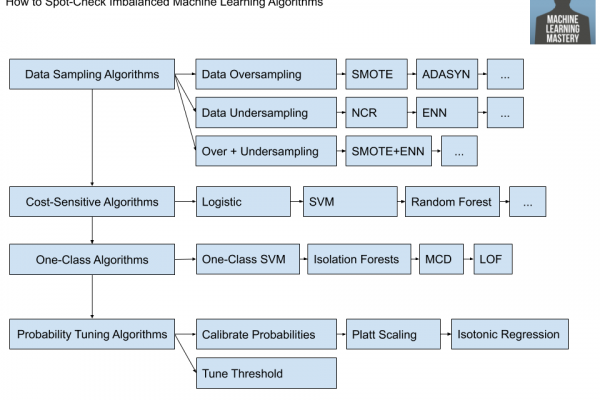How to Develop a Probabilistic Model of Breast Cancer Patient Survival
Last Updated on August 21, 2020 Developing a probabilistic model is challenging in general, although it is made more so when there is skew in the distribution of cases, referred to as an imbalanced dataset. The Haberman Dataset describes the five year or greater survival of breast cancer patient patients in the 1950s and 1960s and mostly contains patients that survive. This standard machine learning dataset can be used as the basis of developing a probabilistic model that predicts the […]
Read more